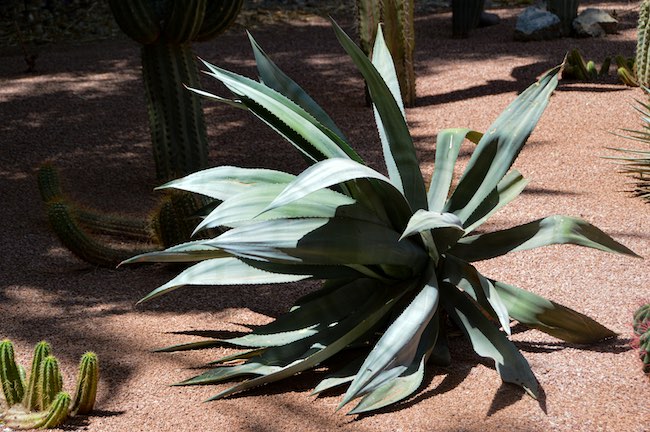What Are the Best Types of Architectural Plants For Outdoors

Plants are more than just greenery; they can transform spaces with their shapes, sizes, and colours. Architectural plants, in particular, have a strong presence and create very noticeable features in gardens and interiors.
These plants are often chosen for their bold structure, unique forms, and ability to complement or even become the main point of a home, business, or gaden design. Here, in today’s blog, we’re going to explore some of the best types of architectural plants that can improve any space.
A Bamboo Plant
Bamboo is a fantastic choice for creating a dramatic effect. Its tall, slender canes and feathery leaves add height and movement to a garden. It also grows quickly and can be used to create natural screens or borders.
However, it’s important to choose clumping varieties over running ones to prevent them from growing too quickly. Fargesia and Bambusa are popular clumping types that are manageable but also give the same impressive visual impact.
The Agave Plant
Agave plants are known for their bold, sculptural appearance and with their large, spiky leaves arranged in a rosette, they will add a strong visual element to any garden. Agave plants are drought-tolerant, making them perfect for xeriscaping and low-water gardens.
These plants come in many different sizes, from small, container-friendly types to large specimens that can dominate a garden bed. The Agave Americana, with its unique blue-green leaves is one that many people choose from this selection.
Ornamental Grasses
Ornamental grasses are perfect for adding movement and softness to a garden, along with their long, flowing blades that sway with the wind, creating a vibrant and peaceful atmosphere. Grasses like Miscanthus, Pennisetum, and Stipa provide you with texture and contrast when planted alongside more rigid, structured plants.
They are also low-maintenance and can thrive in pretty much any condition, making them a versatile choice for any place of residence.
The Boxwood Plant
Boxwood is a brilliant plant for creating formal garden features due to its dense, evergreen foliage, which can be easily trimmed into hedges, topiaries, and many other shapes.
Types like Buxus sempervirens are commonly used because of how easy it is to take care of them. Whether lining a path, framing a garden bed, or forming a neat hedge, boxwood adds a touch of timeless elegance.
The Banana Plant
The banana plant is an excellent choice for creating a tropical feel within your residence because of its large, broad leaves, which make a bold statement and add a lush, exotic look to gardens. While many banana plants can grow quite large, dwarf varieties like Musa acuminata ‘Dwarf Cavendish’ are suitable for smaller spaces.
Banana plants love the warm weather in sunny locations with plenty of water, essentially making them great if you want some tropical plants within your garden.
The Yucca Plant
Yucca plants, on the other hand, are well known for their sharp, spiky leaves and dramatic form. They are drought-tolerant and seem to work in well-drained soil; thus, if you’re somewhere where it doesn’t rain a lot, they’ll be ideal.
Yucca filamentosa and Yucca gloriosa are some of the most common types and with their bold appearance, they definitely could be used to add interest to rock gardens and xeriscapes.
The Hostas Plant
Hostas are renowned for their large, lush leaves and are a favourite for shaded gardens (England would be perfect for most of the year). From deep green to variegated patterns, they just have so many options to make your space look incredible. Hostas are excellent for creating a rich, textured ground cover under trees or in shaded borders.
Their ability to thrive in low light and their low-maintenance nature make them a valuable addition to any garden.
In Roundup
Architectural plants bring a unique charm and structure to gardens and also interiors and if you’re interested in making your garden and interior look more appealing for those coming to visit, or simply for your own passion, all of the types of architectural plants we’ve discussed today should be on your radar.
Whatever you choose is your choice, but make sure you align it with what performs best in your country and what you love to look at too. A love of looking at the plants and them being able to flourish for as long as possible is the perfect recipe for your aesthetic goals.


